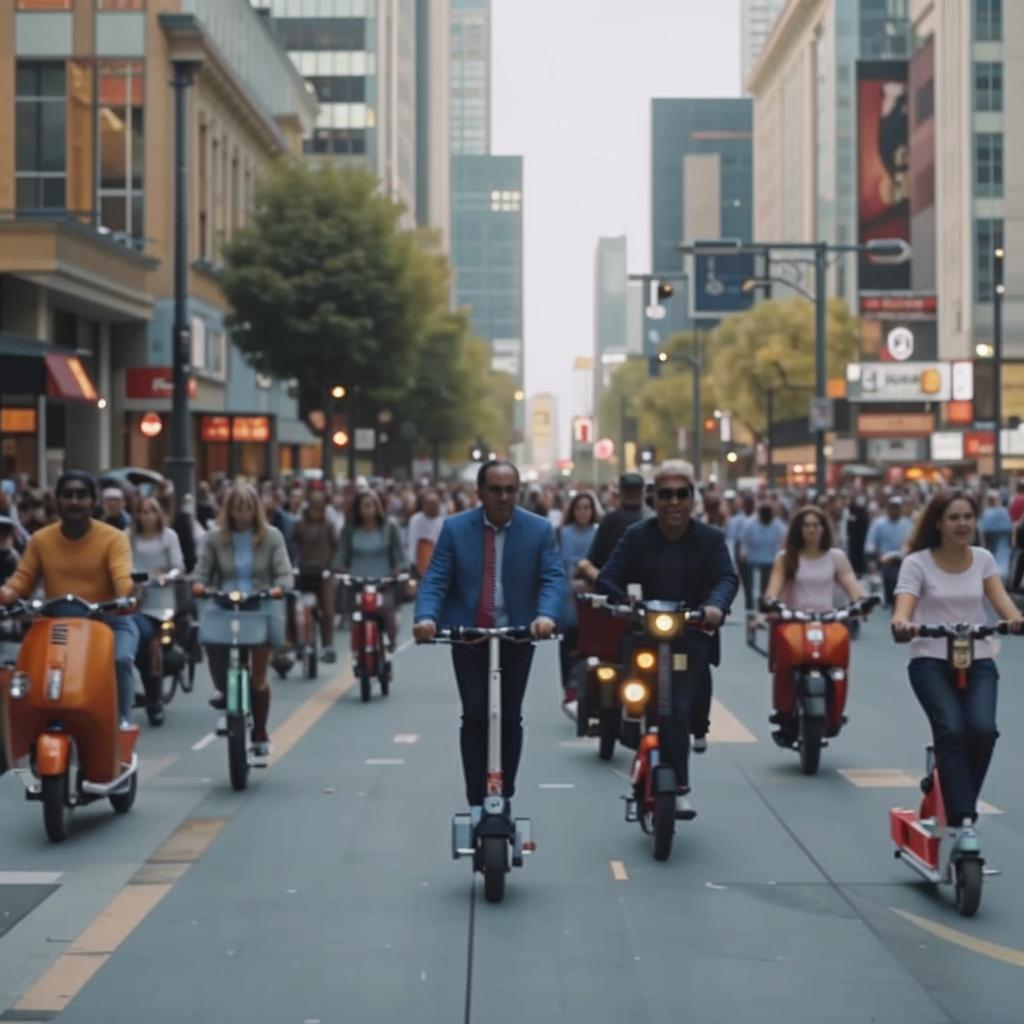Micro-mobility, fueled by e-scooters and bikes, is reshaping city transit, offering eco-friendly options. This rapid growth presents regulatory headaches worldwide. Overwhelmed infrastructure leads to sidewalk congestion, pedestrian incidents, and regulatory debates. Cities struggle with parking, speed, and safety.
Some cities embrace micro-mobility; others impose bans due to safety worries and public disapproval. The long-term impact is debated, concerning battery disposal, durability, and effects on public transit. Balancing innovation and regulation is key for sustainable urban mobility.
Companies are using geofencing and AI to improve safety. Copenhagen, for instance, is testing dedicated e-scooter lanes to reduce sidewalk crowding and accidents. In contrast, Paris has considered banning rental scooters due to widespread misuse.
Data suggests that e-scooter usage is highest for short trips, replacing car journeys and reducing emissions in some areas. However, the environmental benefits are offset by the manufacturing impact and battery life. Proper recycling programs are essential for mitigating the environmental costs.
The future requires integrating micro-mobility safely. Investment in infrastructure, clear rules, and public awareness campaigns will shape its success. Micro-mobility may offer a sustainable solution to urban transport issues with effective management. It will remain a challenge to control the chaotic spread of electric scooters unless guidelines are properly in place.














